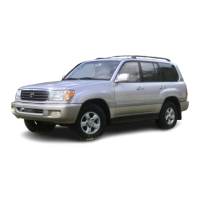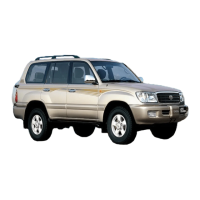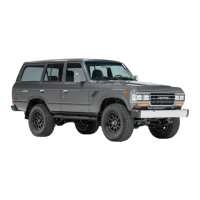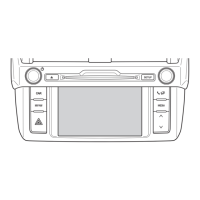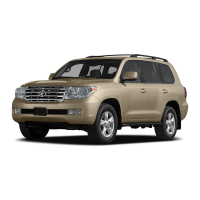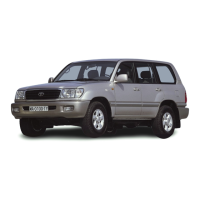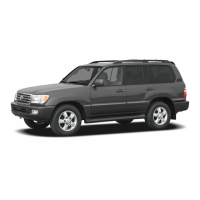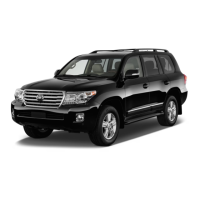115
Even if the power assist is com-
pletely lost, the brakes will still
work. But you will have to push the
pedal hard—much harder than
normal. And your braking distance
will be longer.
ANTI-LOCK BRAKE SYSTEM
(with “ABS” warning light)
The anti-lock brake system is designed to
prevent lock-up of the wheels during sud-
den braking or braking on slippery road
surfaces. This assists the driving in con-
trolling the vehicle under these circum-
stances.
The anti-lock brake system becomes op-
erative after the vehicle has accelerated
to a speed in excess of approximately 10
km/h (6 mph). It stops operating when the
vehicle decelerates to a speed below
approximately 5 km/h (3 mph).
You may hear a sound in the engine
compartment for a few seconds when the
engine is started or just after the vehicle
is started. This means that the anti-lock
brake system is in the self check mode,
and does not indicate a malfunction.
When the anti-lock brake system function
is in action, you may feel the brake pedal
pulsating and hear a noise. In this situa-
tion, to let the anti-lock brake system
work for you, just hold the brake pedal
down more firmly. Do not pump the brake.
The brake pedal pulsation caused by the
anti-lock brake system may indicate haz-
ardous road surface conditions. Although
the anti-lock brake system assists in pro-
viding vehicle control, it is still important to
drive with all due care, because the anti-
lock brake system cannot overcome the
laws of physics that act on your vehicle:
Braking capability is dependent on tire
friction with the road surface.
Even though the anti-lock brake sys-
tem is operating, a driver cannot main-
tain full control on certain slippery road
surfaces, when cornering at high
speeds, or in violent maneuvers.
Avoid high speeds on wet roads. The
anti-lock brake system cannot elimi-
nate the risk of hydroplaning and loss
of tire friction.
Always maintain a safe distance from the
vehicle in front of you. Compared with ve-
hicles not fitted with an anti-lock brake
system, your vehicle may require a longer
stopping distance in the following cases:
Driving on rough, gravel or snow-cov-
ered roads.
Driving with tire chains installed.
Driving on roads where the road sur-
face is pitted or has other differences
in surface height.
CAUTION
!
Do not use tires other than the
manufacturer’s designated tires,
and do not mix tires or wheels of
different sizes. You may prevent
the anti-lock brake system from
operating at full effectiveness.
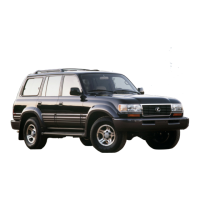
